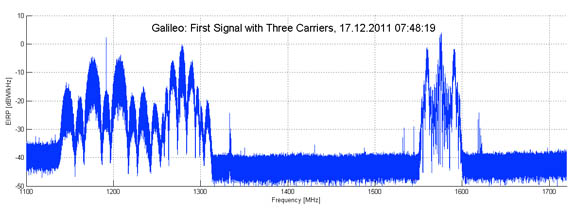As part of the development of a National Spectrum Strategy, the U.S. Department of Agriculture (USDA) is asking for feedback on future spectrum needs in rural America and, more importantly for the GNSS community, on what spectrum needs to be protected.
The USDA is conducting the study to help it quantify current and emerging requirements for spectrum to support commercial agriculture, forestry, mining, and manufacturing inrural areas. The agency is also asking if there are frequencies that, “if practicable, should be protected from encroachment or interference.” USDA wants to know what the economic impact would be for withholding use of such frequencies.
The information will feed into a report the National Telecommunications and Information Administration(NTIA) is doing on future spectrum requirements. NTIA manages the federal government’s use of spectrum. The data will also go the White House, specifically the Officeof Science and Technology Policy. OSTP is looking at emerging technologies in rural settings and their expected impact on non-federal spectrum demand. They will use the information to craft recommendations on research to advance spectrum access and efficiency. All of this is part of a broader effort to develop a long-term National Spectrum Strategy.
Related Reading: Geospatial Coalition Registers Ligado Opposition as Satellite Firm’s Board Reaffirms Certitude to Proceed
If this sounds familiar it should. The Virginia firm LightSquared proposed using frequencies neighboring those used by GPS shortly after the Obama administration released its National Broadband plan—an effort to find 500 MHz of additional spectrum for wireless broadband. Tests showed that the firm’s plans would overload the vast majority of GPS receivers. Those plans have since changed but experts say they still pose an interference risk. LightSquared’s successor firm Ligado Networks is studying different uses for the spectrum including supporting drones. The USDA is specifically asking about spectrum needs for drones in its study.
Comments are due on or before 5 p.m. Eastern Daylight Time on April 1, 2019.More information can be found on regulations.gov. Search on the document number, which is 2019-04540.





